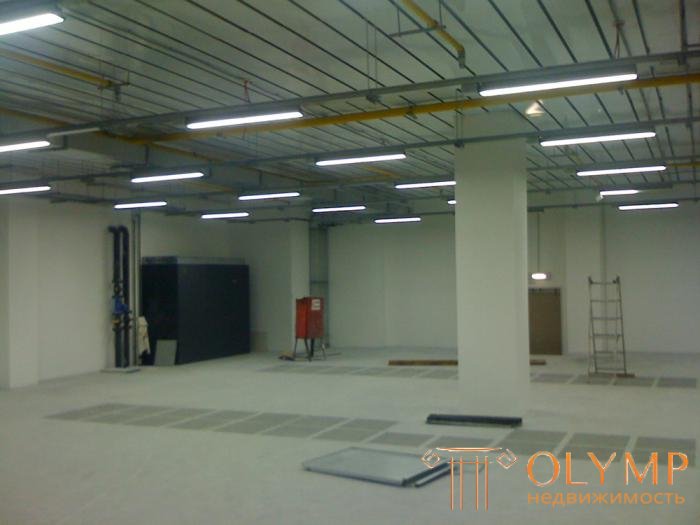

Power method it is used for preliminary determination of the installed power of the lighting installation or for an approximate assessment of the accuracy of the calculation performed. It is based on the average values of power required to create the required illumination with average values of the utilization rate of the lighting installation.
The essence of the calculation of illumination using the specific power method is that depending on the type of the luminaire and the place of its installation , the height of the suspension above the working surface, illumination, illumination on a horizontal surface and area of the room, the specific power value is determined.
Power density - the ratio of the installed lamp power to the size of the illuminated area (W / m2).
The values of specific power for various lamps are given in the tables.
Higher power densities are accepted for rooms with a smaller illumination area.
The power of the total lamp is determined by:
Where w is the power density of the general uniform illumination,
S is the area of the room
N is the number of fixtures.
If the calculated lamp power is not equal to the standard power, then the largest standard lamp nearest in power is selected.
Specific power consumption for lighting residential and public premises ranges from 3.5 to 12 W / m2, and for industrial premises - 3-10 W / m2. The values of specific power (W / m2) for illumination of underground workings: cleaning and preparatory faces 5; intermediate transport workings 3; main hauling openings 1-2; electric chambers 8-10; shaft workings 6–8.
The value of the specific power depends on the type and light distribution of the luminaire, the size of the room, the reflection coefficients of the walls, the ceiling and the floor, the height of the luminaire suspension and is selected in reference books. The recommended specific power for lighting of individual agricultural production premises is given in the table.
Industrial premises | Specific power, W / m 2 |
Garage | eleven |
Repair shops | 12 |
Woodworking workshop | 12 |
Cowshed with a milking ground | four |
Milking ground | 13 |
Cowshed when milking in stalls | 4.5 |
Laboratory, dairy | 15.5 |
Calf | 3.7 |
Pigsty-mother liquor | 4.5 |
Pigsty | 2.6 |
Animal Farm for fattening meat | 2.2 |
Bird house | 5.0 |
Feed preparation | 7.0 |
Egg warehouse | 6.0 |
Warehouses of equipment and materials | 3.0 |
Weight | 12.0 |
Staff room | 18.0 |
According to the estimated lamp power P and the catalog data, choose the size of the lamp and its rated power Pn so that the condition:
Example:
Premises: dimensions 6x10 m; S = 60 sq.m; height H = 3.5 m; hp = 0.8 m; hsv = 0.5 m; wall color light rst = 70%; rп = 50% in the room it is required to create the illumination rate En = 75 lx
Calculation: estimated height
h = H - hp - hsv = 3.5 - 0.8 - 0.5 = 2.2 m.
row spacing
L'p = 1.5 x h = 1.5x2.2 = 3.3 m.,
accept Lp = 3 m
distance from the outermost row to the walls
Lst = Lp / 2 = 3/2 = 1.5 m.
therefore, in this room to accommodate n = 6 lamps (fixtures)
This illumination norm is En = 75 lx, according to: Eisenberg Yu.B. et al., Reference Book on Lighting, M, Energoatomizdat, 1983, Ch. 13 corresponds to a specific power W = 20.5 W / sq. M, from here,
P = (W x S) / n = (20.5 * 60) / 6 = 205 W.,
choose incandescent lamps with Ph = 200 watts.
The total installed power will be
Р = Рн х n = 200 х 6 = 1200 W.
This power of the lighting installation corresponds to
W = P / S = 1200/60 = 20 W / sq.m or En = 75 lx.
Что бы оставить комментарий войдите
Комментарии (0)